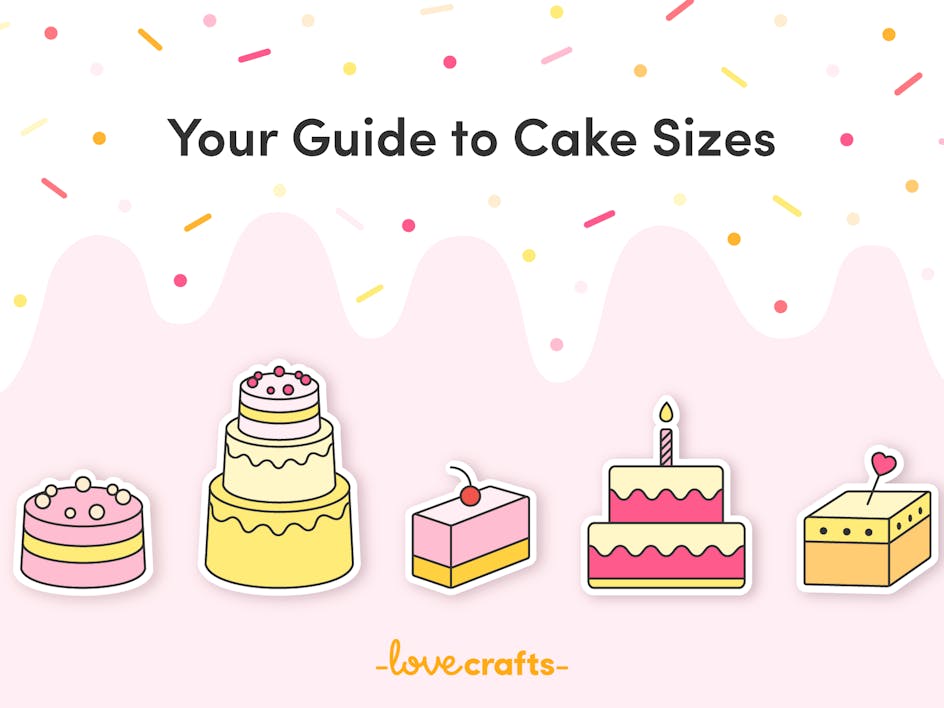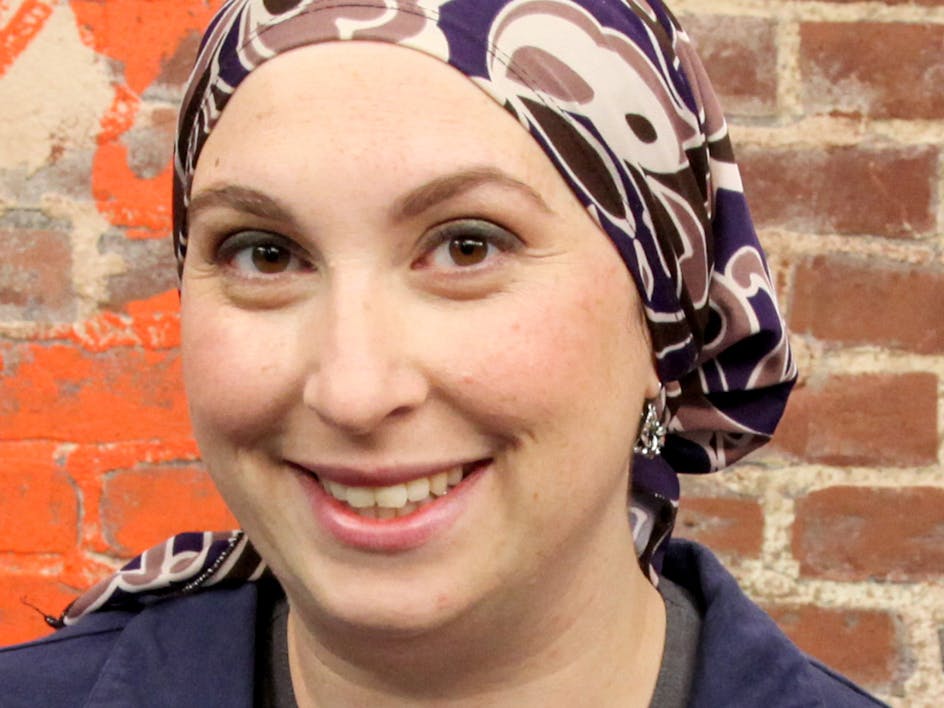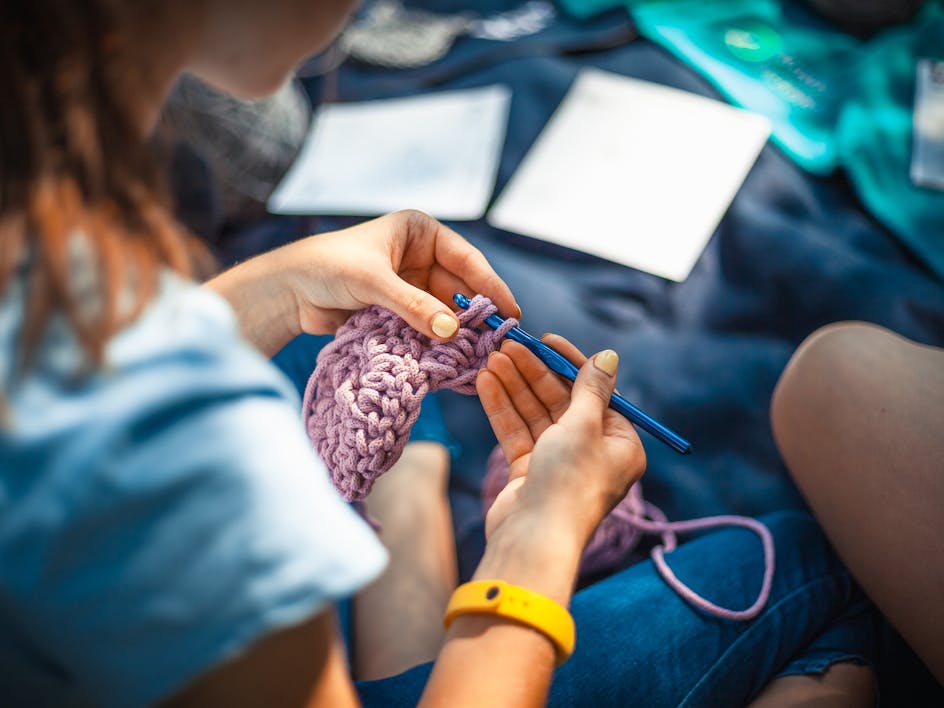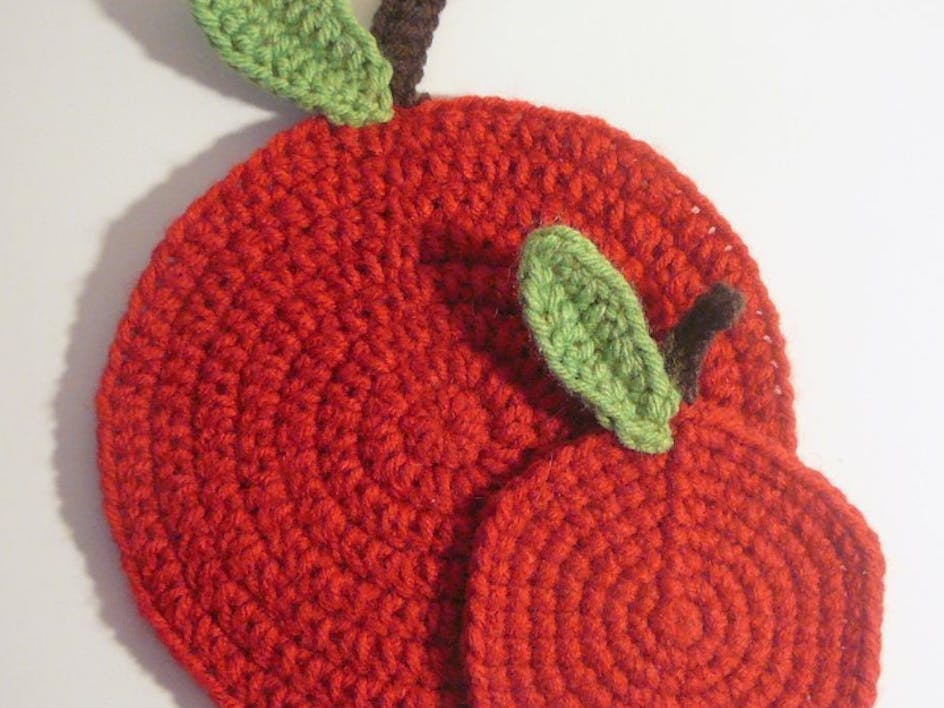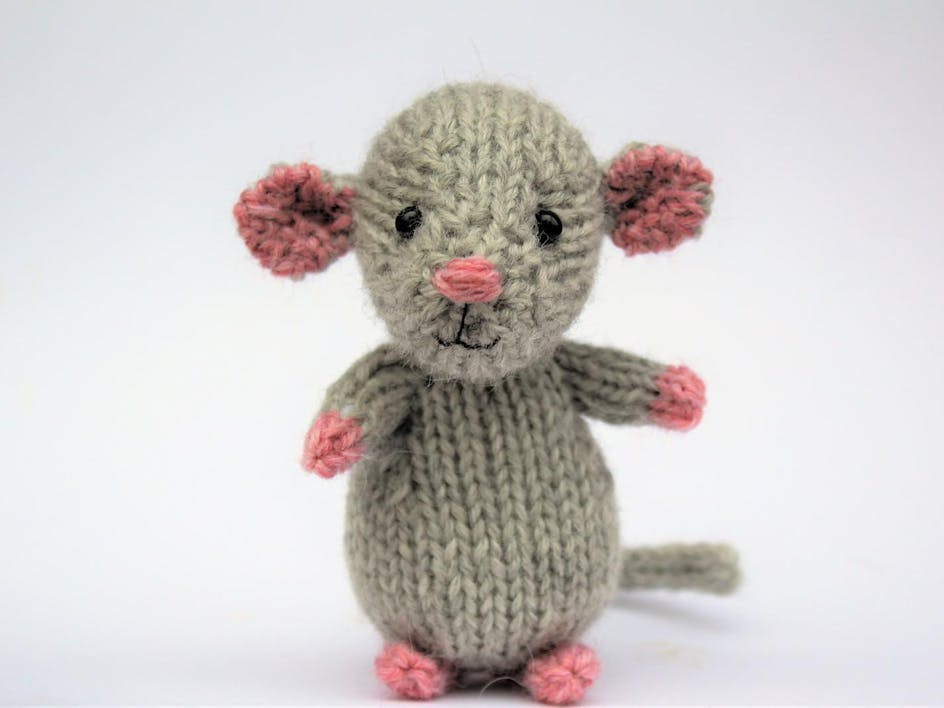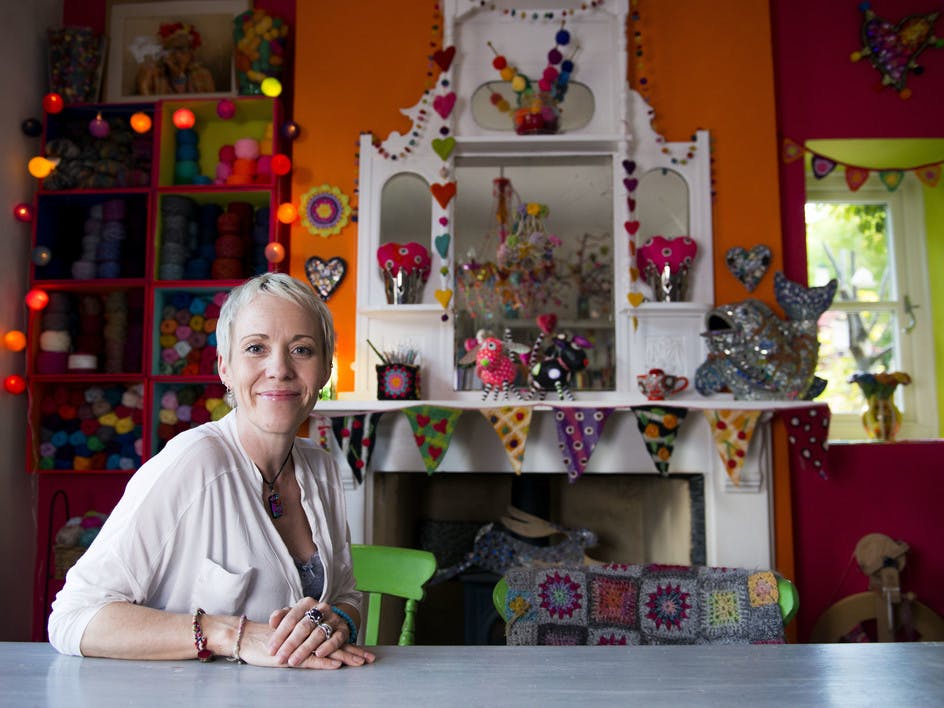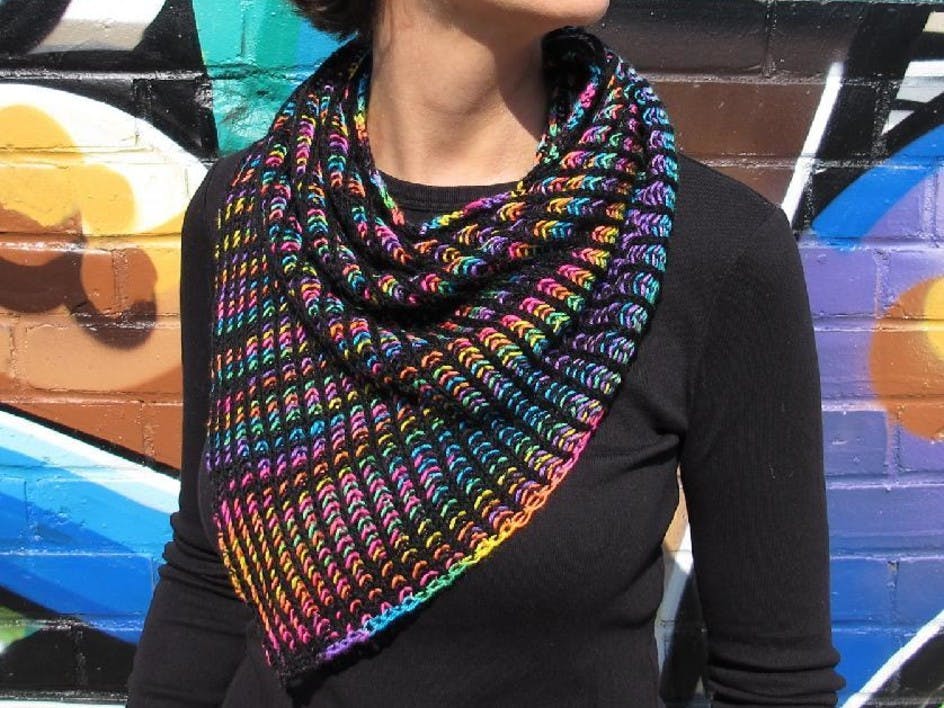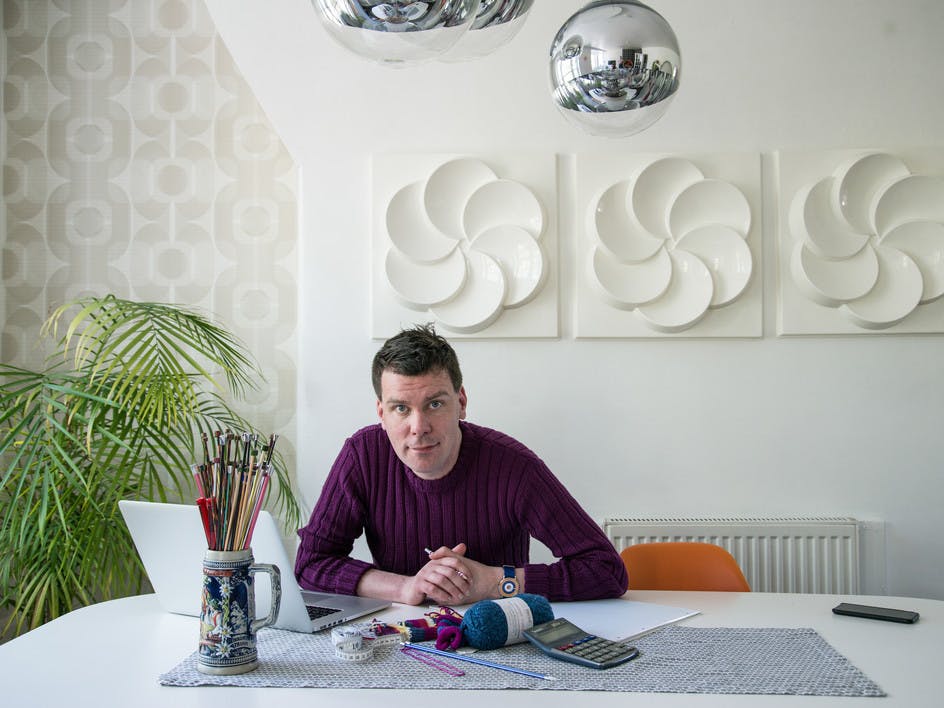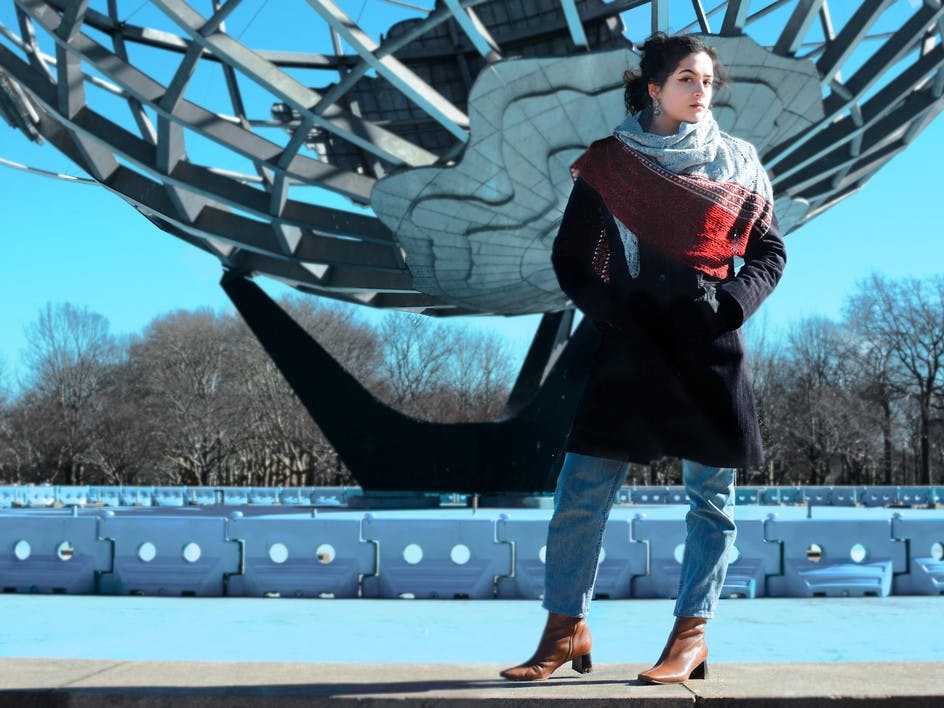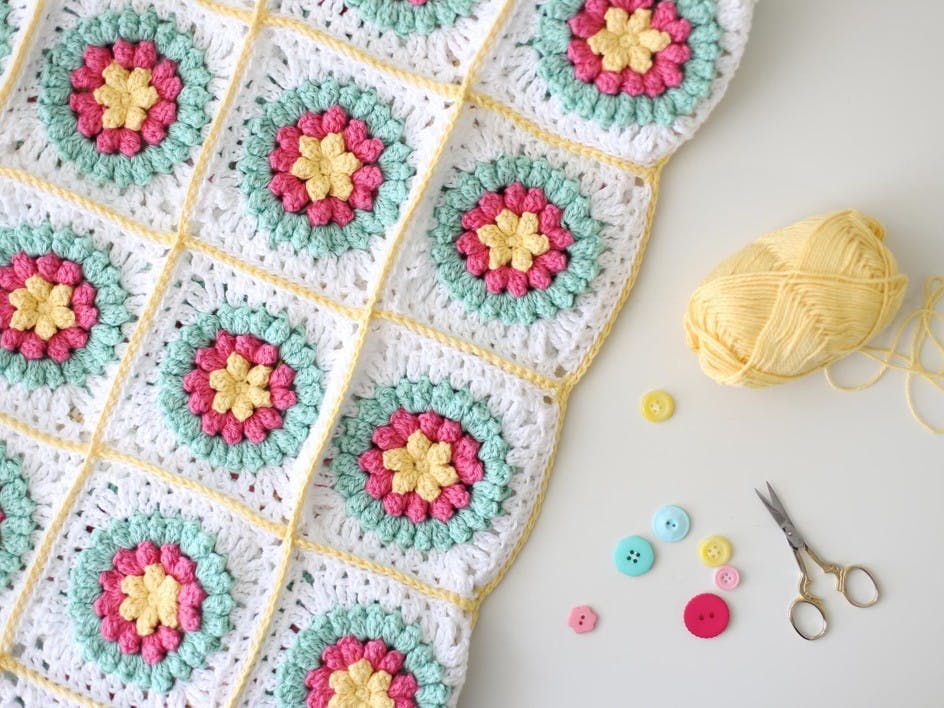Everything you need to know about copyright and originality in knitting
Published on April 21, 2021 10 min readAs a designer, it's essential to understand copyright and originality. Every so often a 'lookalike" pattern of a popular pattern will come out, and a heated conversation around the issue of originality is brought to the forefront. In an industry where common stitches are used, Kate Atherley tackles some of the questions she's frequently asked about copyright.
I must issue an important disclaimer: I’m not a lawyer, and this article should not be construed as legal advice. As you can imagine, the issues are complex, and the laws differ from territory to territory. The purpose of this column is to help you understand a little more about what the issues are, and why discussions on these topics are often so heated.
There are two pieces to this: copyright and originality. And there are two approaches: legal and ‘ethical’.

Copyright
The Copyright question is slightly simpler. Copyright controls what copies can be made of a work. In the context of a knitting pattern, the “work” includes the pattern itself – the photography, the charts, the layout/graphic design of the pattern, the actual language and words of the instructions – and the item expressed in the pattern. The ‘item’ is the design itself: whether it’s a sock with a particularly intricate and utterly individual combination of cable stitches or a plain stocking stitch v-neck pullover. Even if it’s an utterly basic, plain, ‘un-unique’ item, it can still be copyrightable, in that it’s the combination of all the elements that go together to make it its own thing: the piece itself, and your execution. The ‘execution’ includes your yarn choice, which cast-on method you used, the length of the ribbing, the details of the shaping, the precise dimensions of the individual sizes, and so forth.
The copyright is on the whole thing – the design, and the instructions for that design. To establish a copyright, all you need to do is identify yourself as the originator of the work. We typically put a © and your name on it, with a year, but that’s not necessarily required. Just to have your name on it is enough.
“Copies” in the context of a knitting pattern means copies of any of those elements – the pattern, the instructions, the pictures, and the design and its execution. So you can’t photocopy/scan/retype the pattern instructions and distribute them, even if you’re not claiming it as your own work. You don’t own the copyright, so you don’t have the right to copy it. Equally, you can’t copy the design: If you take someone else’s fabulously intricate cabled sock pattern and recreate it exactly, that’s a copyright violation, in that you are copying the design. If you buy a pattern, you are effectively buying a license from the designer to knit yourself one of those things. It’s a mutual agreement: as a designer, you provide the instructions for a knitter to knit a replica of the thing you designed, and the knitter pays you a fee for your permission to “copy” it in that specific way.
Originality
The more complex question is about originality. When talking about an execution, a design, you can only hold copyright on something that is your own, original work. If your work is “substantially” the same as someone else’s, not only can you not copyright it, but you are violating that other person’s copyright.
This holds true of the instructions and designs.
If I absolutely love someone else’s step-by-step tutorial of German Short Rows, if I copy their words to use in one of my patterns, I’m violating their copyright. Even if I make minor modifications, it is still a violation – known as plagiarism.
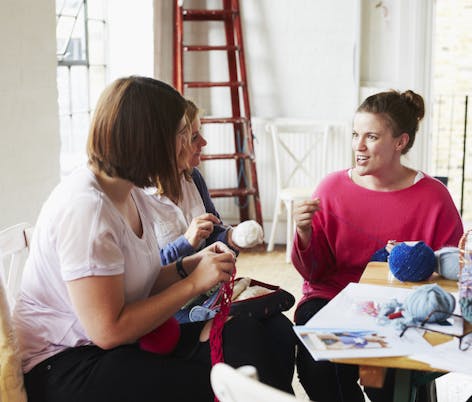
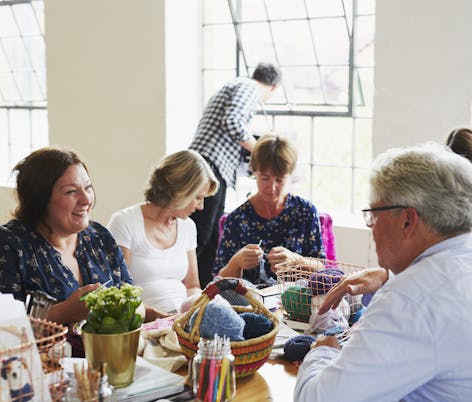
So the question becomes: what qualifies as original? What can you claim to be your own work?
This is where we need to approach it from both a legal and an ethical perspective.
It’s probably easier to talk about what’s not original. There is a common myth that if you change five things, or 30% of something, it’s then yours. Simply not true – it’s just too vague. If I took one of Woolly Wormhead from The Yarn Collective’s lovely hat patterns, worked it in a different yarn, changed the length of the edging a bit, adjusted the depth of the body, stopped the decreases one round earlier, and added a pom-pom, that’s five changes – but what I made would still be her hat design. My design would be substantially similar – it would look like her design, and fit like her design, and function like her design.
If I’d taken the stitch pattern that Woolly used in her hat and used it in a mitten pattern, that’s not a copyright violation. If it’s a stitch pattern that she developed, or a particularly notable or distinct one, the ethical and considerate thing to do is to acknowledge where you found it. But if it’s one of thousands of common-currency stitch patterns, then neither she nor I nor anyone else owns it.
That’s key in this discussion: you can’t own or copyright the basic elements of knitting. You can’t own or copyright the concept of a particular garment or project. Just because I’ve published lots of sock patterns doesn’t mean I can copyright the concept of a sock. You can’t own or copyright stitch patterns, in general, unless you can clearly prove that they are totally unique, have never been published before, and that you developed them. What you can own is your own particular combination of those stitch patterns, and how they are applied to a particular project in combination with a yarn choice and your instructions and photographs and all those things together.
Uniqueness
Notice here that “uniqueness” hasn’t come into the discussion. Uniqueness is secondary, in that there are only so many ways you can combine things. And it’s perfectly possible for two people to come up with the same concept, independently. Years ago, I created a very basic shawl pattern, to teach top-down shawl construction. I used it in classes and included it in my first book. Some time after the book was published, I realized that pattern looked pretty much exactly the same as Stephen West’s Boneyard shawl. I didn’t copy his, he didn’t copy mine. We weren’t aware of each other’s work, we developed them independently.
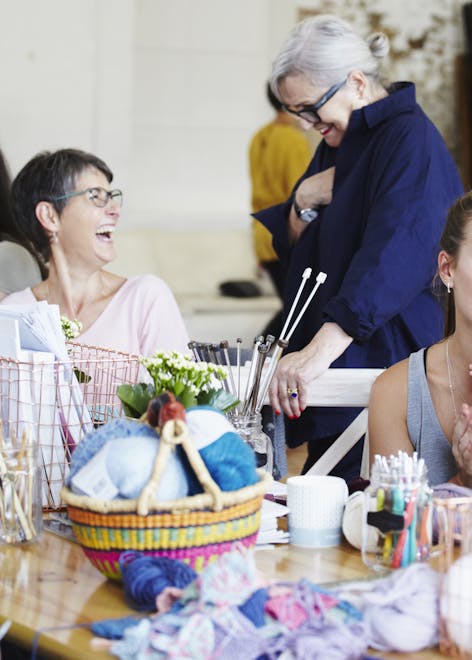
Where this all becomes problematic is when someone has clearly seen a work, created something “substantially” similar, and claimed it as their own original work. (And it doesn’t matter if the copier is selling or giving the pattern away for free. It’s not about whether you’re making money off someone else’s work, it’s about whether you’re taking it and claiming it as your own.)
When evaluating originality, there’s a judgement call. And this is why it’s all so contentious.
There’s an assessment of how different two items are – the “substantial” bit. My “Woolly-alike” hat is going to look pretty much the same as hers. That’s a copyright violation. But my mitten doesn’t – it’s pretty clear it’s a different thing.
And there’s the issue of intent. In recreating Woolly’s hat, my intent obviously, was to recreate her hat. I worked with a knitting teacher who had created a pattern for a shawl that was effectively just an existing, very popular shawl pattern adjusted to use a different weight yarn. It was clear that her intention was a recreation – the name she’d used for her version was even a hat-tip to the name of the original design. The teacher wasn’t planning to release it as a pattern for sale, she was using it for in-store teaching, and I think she was surprised at my reaction to her work. Even though she wasn’t selling it, what she’d done was clearly a copyright violation.
Now, what if I took Woolly’s very distinctive hat pattern and created a cowl design from it, using similar colours, a very similar combination of stitch patterns, and the same edging treatments? Is that a copyright violation? Would I be legally wrong to publish it and claim I own it? Maybe, maybe not. I’m not a lawyer -- and even if I was the answer might be different in different territories -- I won’t pretend to know the answer. But it would definitely qualify as ethically suspect.
So what happens then? Ultimately, it’s up to the copyright holder to make a decision about what the approach should be. The copyright holder may or may not see it as a violation: if the hat I was “inspired by” was a simple fitted hat with a (k2, p2) ribbed edge, then there’s less of an issue. That is such a “basic” design, a simple execution of a standard item, that Woolly couldn’t reasonably argue that she had originated that design. But if the hat was particularly distinctive, with a particular distinctive combination of patterns and colors, then the original designer will probably want to have a discussion with the designer of the “inspired” piece.
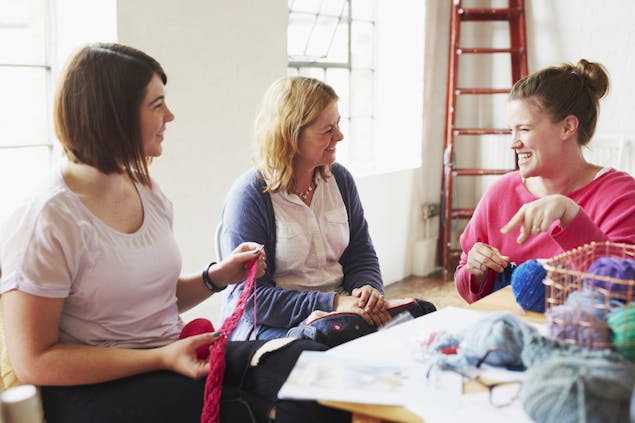
What can and should you do about these sorts of situations?
As a knitter, if you see a pattern that looks like a “substantial” copy of something else, bring it to the attention of the original designer.
As a designer, if you want to use an element from an existing pattern, contact the designer of the original and ask permission. If you’re using a particularly distinctive stitch pattern from a stitch dictionary, or a technique you learned from a book or website, it’s good form to credit the source. I’m not talking about things like Seed Stitch or the Cable Cast On here – this is for stuff that you can absolutely trace your knowledge of to a single source. Whenever I write about the Chinese Waitress cast on method, for example, I always mention Cap Sease’s book, where it was originally published under that name.
And if you see a pattern that looks like it’s lifted something from your own work? The first thing to consider is how “distinctive” that element is – is it something you originated or combined in a way that’s identifiably yours? And how “substantial” is the lifting? If it’s a four-stitch cable element from a larger 28-stitch cable repeat, then that’s less of a theft; if it’s a full 28-stitch cable pattern that you developed yourself, then that likely merits a conversation. Approach the other pattern’s designer, and make an enquiry. It’s perfectly ok to ask what their inspiration was, ask for information about the source of the pattern stitch (or tutorial, or whatever), ask when they originally developed or published the design. More often than not, it’s accidental – as in the overlap between my shawl and Stephen West’s – and if it’s a deliberate copy, it’s often done in ignorance – like the shawl pattern I mentioned above.
As with any creative expression, copyright and originality are thorny issues. Subjective judgement calls about the art and the intent are critical to the discussion – and emotions can run high.
If you are the copyright holder, and there is a clear copyright violation, then you have every right to ask for the other pattern to be removed from distribution and sale.
The reality of this business is that very few designers have the money or time to attempt to resolve these disputes through legal means – and even if you did, chances are the resolution won’t be simple or clean. But the good news is that most people aren’t unreasonable and you can usually come to an agreement with calm and reasonable discussion. Which is the best way to straighten anything out, really.
